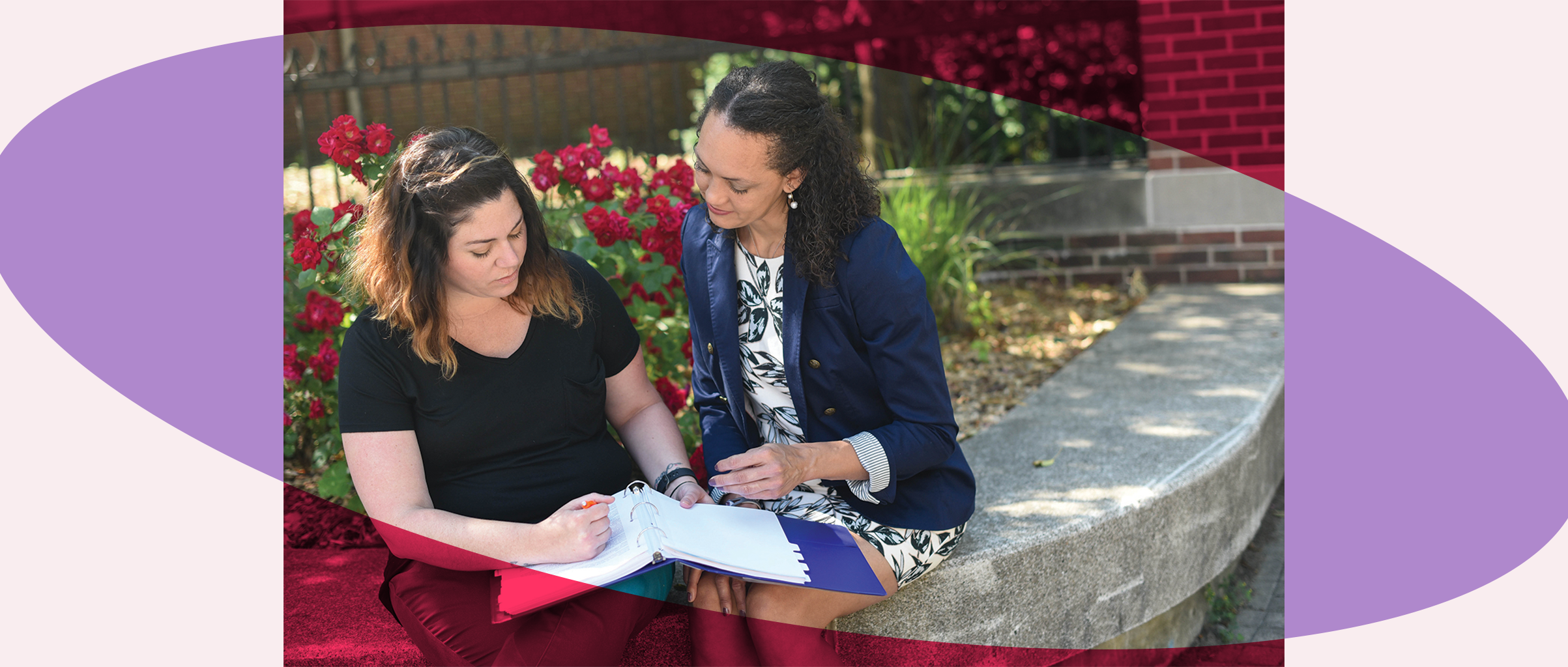Psychophysiological Stress Responses to Bicultural and Biracial Identity DenialPosted in Articles, Identity Development/Psychology, Media Archive, Social Science, United States on 2019-10-26 21:52Z by Steven |
Psychophysiological Stress Responses to Bicultural and Biracial Identity Denial
Journal of Social Issues
First published: 2019-08-14
DOI: 10.1111/josi.12347
Analia F. Albuja, Social Psychology Ph.D. Student
Rutgers, The State University of New Jersey
Sarah E. Gaither, Assistant Professor of Psychology and Neuroscience
Duke University, Durham, North Carolina
Diana T. Sanchez, Associate Professor of Psychology
Rutgers, The State University of New Jersey
Brenda Straka, Ph.D. Student
Duke University, Durham, North Carolina
Rebecca Cipollina, Social Psychology Ph.D. Student
Rutgers, The State University of New Jersey
Bicultural and biracial individuals (those who identify either with two cultures or two races) are often denied membership in the groups with which they identify, an experience referred to as identity denial. The present studies used an experimental design to test the effects of identity denial on physiological and self‐reported stress, and naturalistic behavioral responses in a controlled laboratory setting for both bicultural (Study 1; N = 126) and biracial (Study 2; N = 119) individuals. The results suggest that compared to an identity‐irrelevant denial, bicultural participants who were denied their American identity and Minority/White biracial individuals who were denied their White identity reported greater stress and were more likely to verbally reassert their identity. Bicultural participants also demonstrated slower cortisol recovery compared to those in the identity‐irrelevant denial condition. The results are the first to highlight the negative physical health consequences of identity denial using an experimental design for both bicultural and biracial populations, underscoring the necessity to promote belongingness and acceptance.
Read or purchase the article here.








